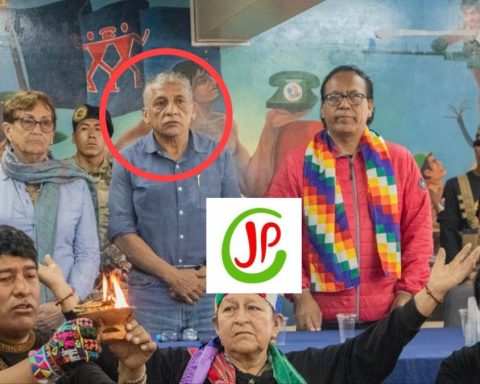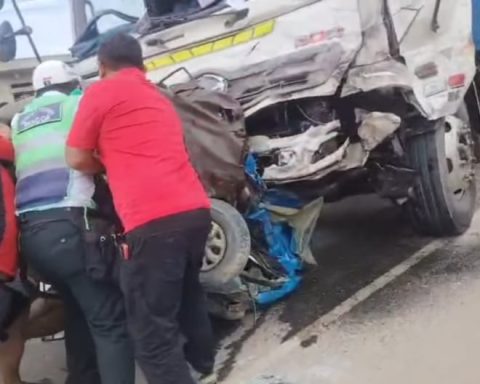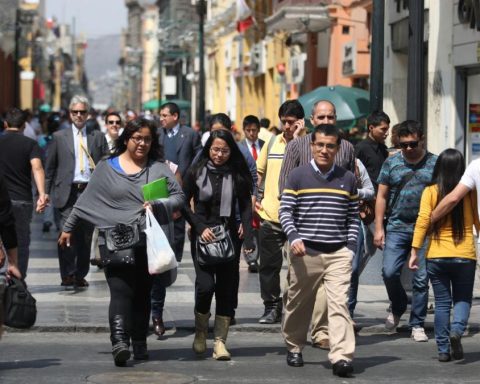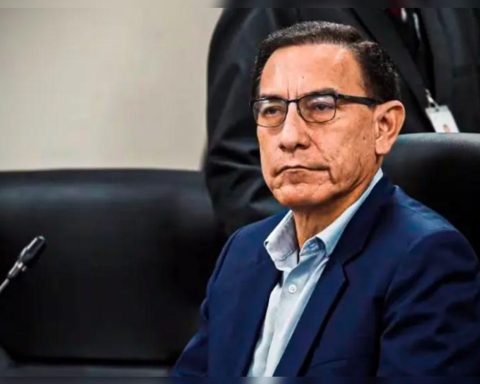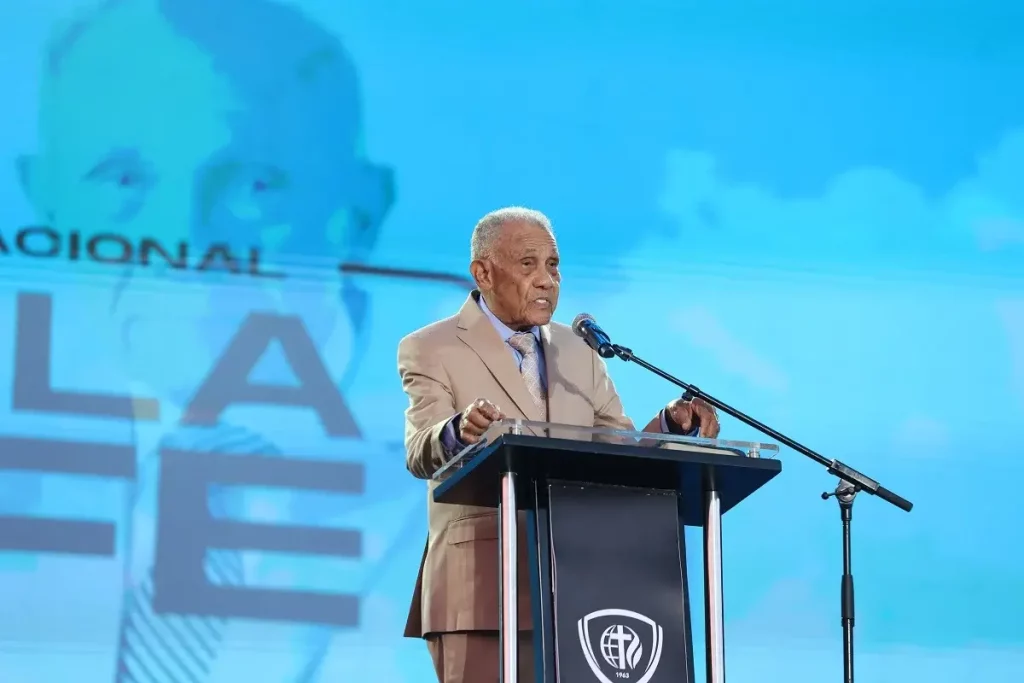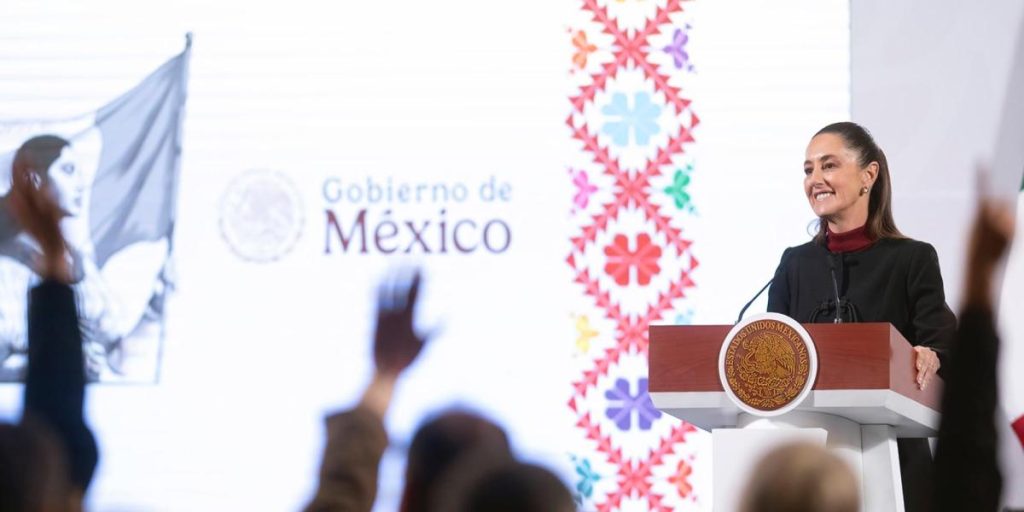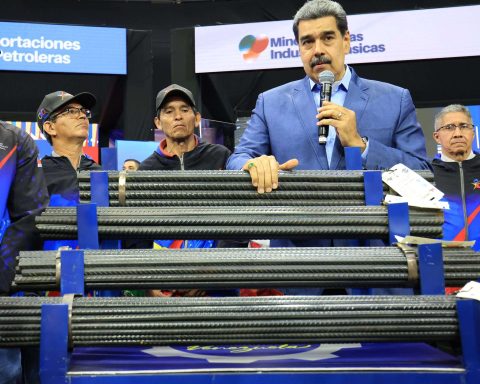The freedom of the press in Peru during 2024 is worrying: 392 attacks against journalists and media outlets were perpetrated in the year that ended, according to the annual report of the Journalist’s Human Rights Office (OFIP) of the National Association of Journalists of Peru (ANP).
This figure marks a new record in the 21st century, exceeding the 352 cases registered in 2023 and the 303 in 2022. And she is the president Dina Boluarteone of those responsible for this alarming reality, where the Harassment of the press is constant.
Zuliana Lainez, president of the ANP, told Peru21 that it was unacceptable that the head of state had not answered questions to the press for 270 days, which were of extremely high public interest.
And not only that: he drew attention to the absolutely confrontational relationship with the media that Boluarte has.
“He falls into a constant stigmatization against the media. We highlight the fact that at the time he used the image terrorism euphemism to refer to journalistic criticism or that his ministers, as is the case of the Minister of the Interior (Juan José Santiváñez) have become the most hostile minister. And instead of correcting the flat, she supports her attitude. And that in a democracy of those who exercise high responsibilities in the Nation is unacceptable,” Lainez explained to this newspaper, while emphasizing that a large part of the attacks come from the Executive Branch, especially from the ministers of this government.
Lainez emphasizes that the confrontational discourse against the press has increased and that even Boluarte calls “the investigations of our colleagues” media legends and that is not typical of a democracy.
WHAT DOES THE ANP REPORT SAY IN DETAIL?
In 2024 there were 392 attacks against journalists and media outlets.
The report states that the most recurrent type of attack is, again, threat/harassment, with 153 cases recorded, which reaffirms the constant emotional pressure on journalists.
This was followed by physical and verbal attacks, which totaled 70 cases, while stigmatizing speeches were recorded on 52 occasions, occupying third place and reflecting the use of narratives to discredit and delegitimize the press.
Other forms of attack included obstacles to access to information and journalistic coverage (44 cases), judicial intimidation (46 cases) and workplace harm (14 cases), which reached a record number in recent years.
And that’s not all: 4 arrests and 3 robberies were reported.
“The 6 legislative threats should be highlighted, among which we find initiatives to restrict the dissemination of tax investigations or the mandatory nature of tuition for professional practice,” maintains the ANP.
THE ROLEX CASE
The monthly analysis reveals two periods of greater intensity. In the first quarter, January (21 cases) and February (19 cases) marked a moderate start; However, the situation changed drastically in March (30 cases) with the uncovering of the Rolex case, which generated a wave of hostile reactions, especially from the protagonists: President Dina Boluarte and the regional governor of Ayacucho, Wilfredo Oscorima.
“During this period, the president described the questions on the subject as “biased,” while the governor accused journalists of being “bad people who want to do harm.” This climate of tension intensified in April (51 cases) and continued. during May (48 cases), a season marked by attacks related to sensitive coverage,” the document reads.
IMAGE TERRORISM
“The second critical period occurred in the last quarter of the year. In October (43 cases), Boluarte’s statements during the October 8 ceremony, commemorating the Battle of Angamos, accusing the media of practicing “terrorism of image”, fueled the hostile climate towards the press. These statements were supported by political actors such as Congressman Waldemar Cerrón and Prime Minister Gustavo Adrianzén,” the report reads.
During that month, on October 22, Boluarte reappeared at a press conference after 105 days of silence, adopting a confrontational and disqualifying tone towards various journalists. During this period, protests by transporters against organized crime occurred in October and in November (43 cases each) led to police attacks on reporters.
In intermediate months, attacks showed some stability: June (35 cases), July (22 cases), August (28 cases) and September (23 cases). To close the year, December (29 cases) maintained high numbers compared to the beginning of the year.
AN ALARMING SITUATION
The ANP explains in the report that in terms of the aggressor agents, public officials led the statistics with 177 cases, standing out as the main responsible for acts against the press that, due to their role, they should prevent.
Civilians were behind with 129 attacks, while security agents carried out 63 cases. To a lesser extent, attacks by employers and unidentified elements were identified (12 and 11 cases, respectively).
Among the victims, digital reporters were the most affected, with 170 cases recorded. Television journalists followed them, with 94 attacks, while the written press faced 69 attacks.
59 cases were reported in the radio media.
In terms of gender, men represented 47% (184 cases) of the victims, the media 34% (132 cases), while women accounted for 19% (76 cases).
“This gender gap reflects that, although the attacks mainly affect men, women journalists continue to face hostile environments in the exercise of their work, as evidenced by the sustained harassment perpetrated by the now fugitive Hialmar Laynes Sánchez against, at least, 5 reporters,” indicates the ANP.
ALERT AREAS
Lima continues to be the province with the highest incidence, concentrating 222 cases, followed by Huamanga (12), Cutervo and Mariscal Nieto (11 each), Arequipa and Cusco (10 each), Abancay (8), Maynas and Tumbes (7 each). one), Alto Amazonas, San Román and Chiclayo (5 each).
With fewer cases are Trujillo (6), Andahuaylas (6), Piura (4) and Huánuco (5).
Another 35 cities recorded fewer than four cases, which shows the geographical distribution of attacks in the country.
Now available in Yape! Find us at YAPE Promos.
Recommended video:

